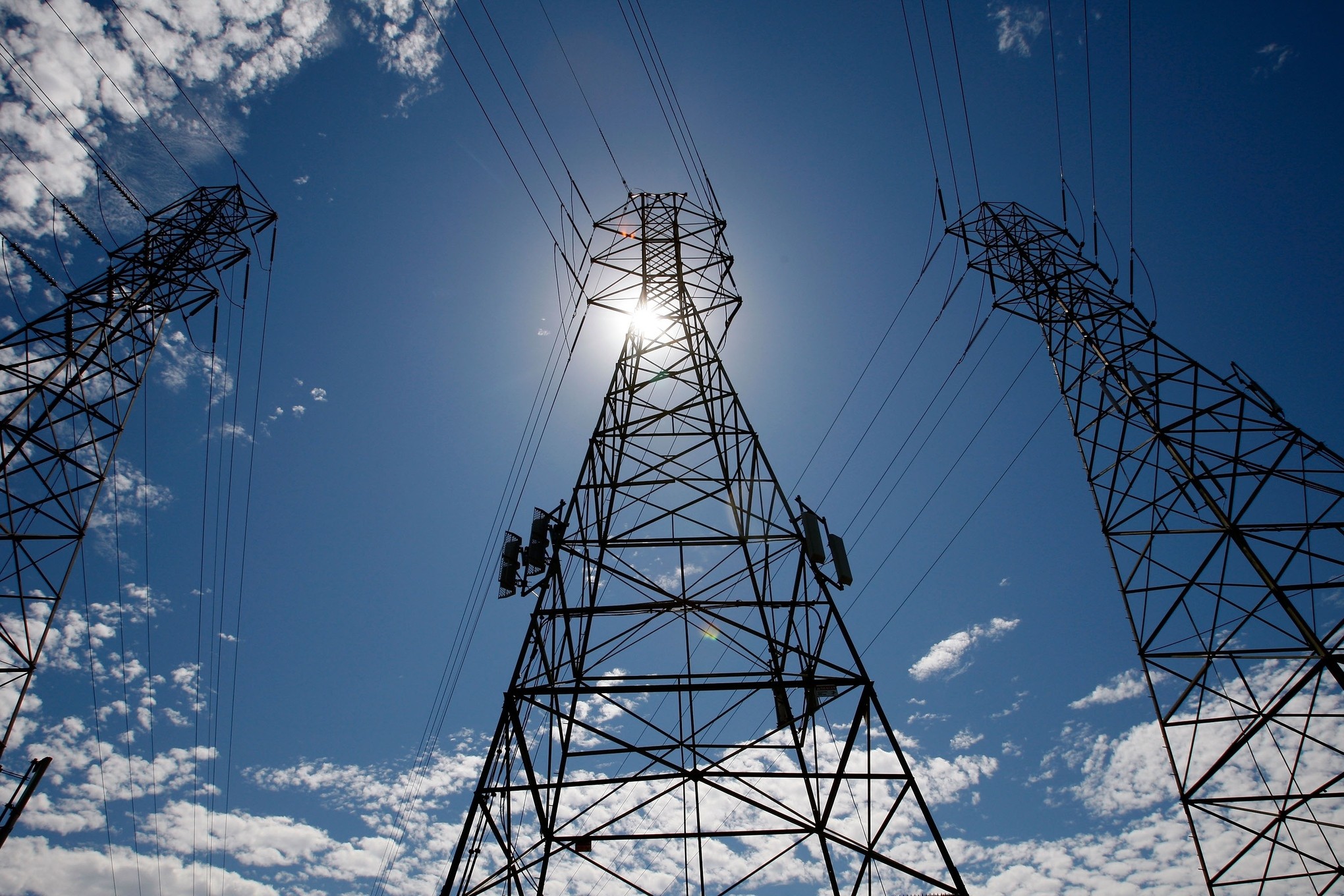Have you ever considered what it would be like if the lights went out and there was no electricity indefinitely? Do you think you can survive without electricity for close to a month or more? Well from all the fuss going on, it has been confirmed that a total blackout is a possibility and as such, contingency plans have been put into motion by the government, major companies and the US Embassy. But since the government cannot reach everyone and help out during a blackout, the bigger question is what are you doing to prepare yourself in case there is actually a blackout.
Again, the possibility of a total blackout is quite slim as Eskom said. It would only happen if there is a total collapse of the power grid which is highly unlikely. Then again, a recent City Press report quoting Eskom sources said that a total power grid collapse was a “very significant possibility for the foreseeable future”. The report went on to say that Zuma and Cabinet have been briefed concerning the possibility of a blackout and the things that need to be put in place to prevent it, but also the things that need to be done as control measures to ensure minimized risk in case if the blackout happens.
A source from Power and Utility said “You cannot operate an electrical system where demand exceeds supply,” adding that load shedding was a process of switching off the demand to prevent such a blackout from happening.
Is Such A Blackout Really Possible?
Yes, it is very much possible, which was why ESKOM had implemented rotational load shedding, to avoid a potential national blackout in South Africa. Eskom has implemented rolling blackouts for almost a year as its old, deteriorating infrastructure buckles under the strain. They are a last-resort measure to avoid total failure of the power system.
Such a collapse would bring the country to its knees within days. After their backup diesel generators run out, everything from hospitals to water suppliers and mobile phone firms could cease to function, while law and order could break down.
Power Utility explained that such a problem would not be a small matter but it is still possible. Director of EE Publishers and electricity expert Chris Yelland explained that “when demand exceeds supply, what happens is this: you have to overload generators, transformers, cables, and switchgear.” If there is an overload and the equipment starts to trip, the overall electricity supply decreases, but the demand stays the same.
So, to protect against the massive damage such an overload would cause, trip mechanisms are installed in such equipment, such that excessive demand in some parts of South Africa’s electricity grid could cause a national blackout and not just a blackout in that area.
What Are The Risks Of A National Blackout?
A blackout in the estimation of ESKOM might last for two weeks or one month and as such, is quite risky for the country, organizations, and individuals as well for the following reasons:
- Increase in the rate of crime
- Problems in getting basic food and services
- Inability to access ATMs
- Inflation
- Access to health facilities would be minimized greatly.
READ: 10 Most Innovative Start-ups In South Africa
Power Blackout Doomsday Plans
The government has put in place contingency doomsday plans to ensure the safety of President Zuma and the cabinet. According to a report by Reuters, in the case of a blackout, president Jacob Zuma and his cabinet would be taken to a secret location.
The report further stated that “soldiers would be deployed to key sites such as the central bank and South African Broadcasting Corporation to ensure that crime does not get to such places.
Other than those key places, there will also be a deployment of the military around the country at large to maintain law and order. This is also part of the plan, a government source said.
Moreover, it is not only governments who are preparing for the worst. City Press quoted a CEO in the telecommunications industry who said companies that do not draw up plans for a worst-case scenario were being “daft”.
It also reported that the US embassy in Pretoria “has drawn up an evacuation plan partly designed to get its staff out safely if the lights go off in South Africa once and for all”.
What Should Be Your Personal Doomsday Plans
If the government is making plans, you as a citizen should equally be making plans to help the government protect you better. True, individuals may not have the same resources available to the government and larger organizations such as the US Embassy, but even within your little means, there are still things that you can do to ensure the safety of yourself and your loved ones in case of a blackout. They include:
1. Make plans for basic power backup with things like a generator, solar power, UPS, or even gas.
2. Have a supply of alternatives like candles, lamps, batteries or wood.
3. Keep some cash that could enable you to buy supplies because ATMs, cash registers, and credit card machines won’t work during a blackout.
4. Have an adequate supply of food and water that will last for at least two weeks.
5. You would do well to keep a first aid kit handy since transportation to the hospitals might be hampered especially at night.
6. Keep all odd tools that could possibly help you repair any quick damage that cannot wait.
7. Get a survival kit, a radio that uses batteries and other items that you think will help you get through a blackout.
Let’s help the government to serve us better.
